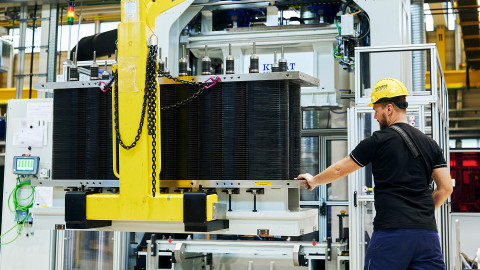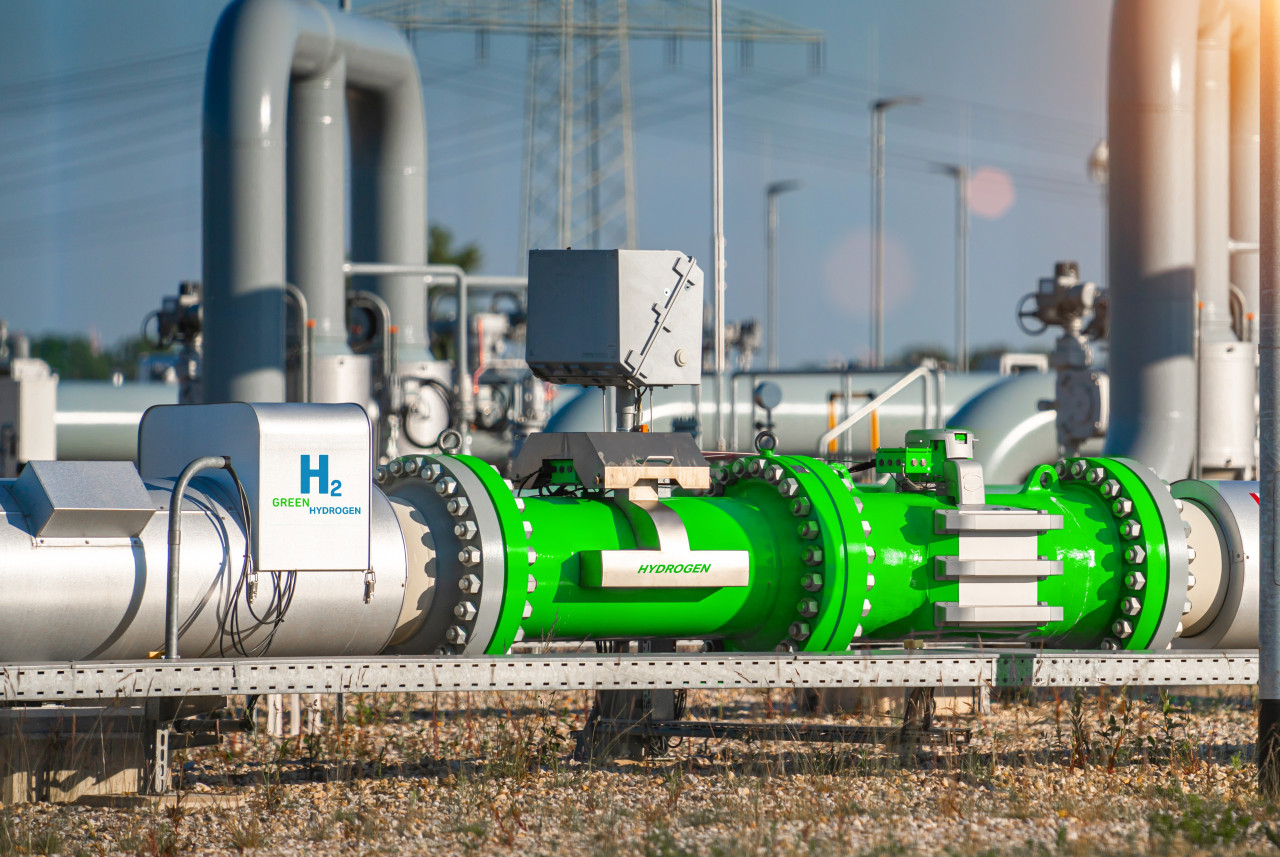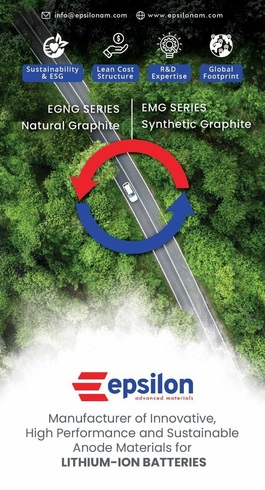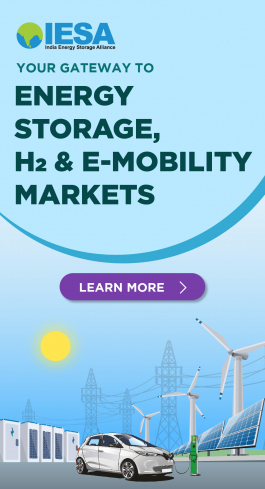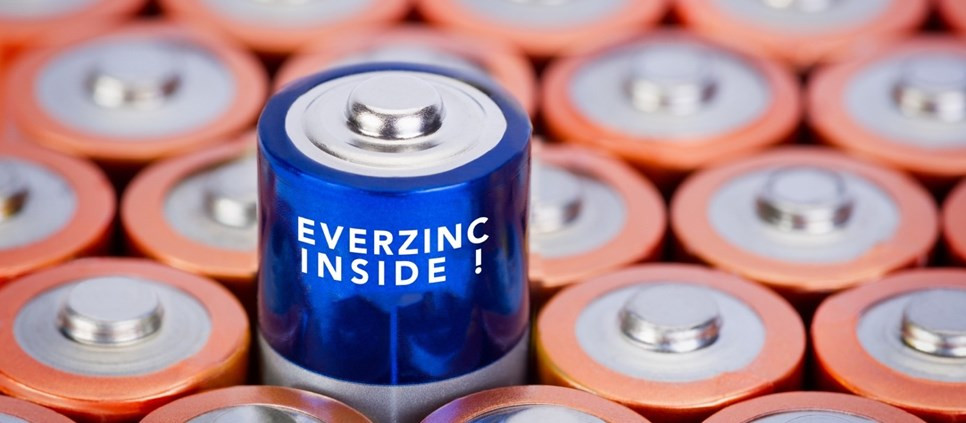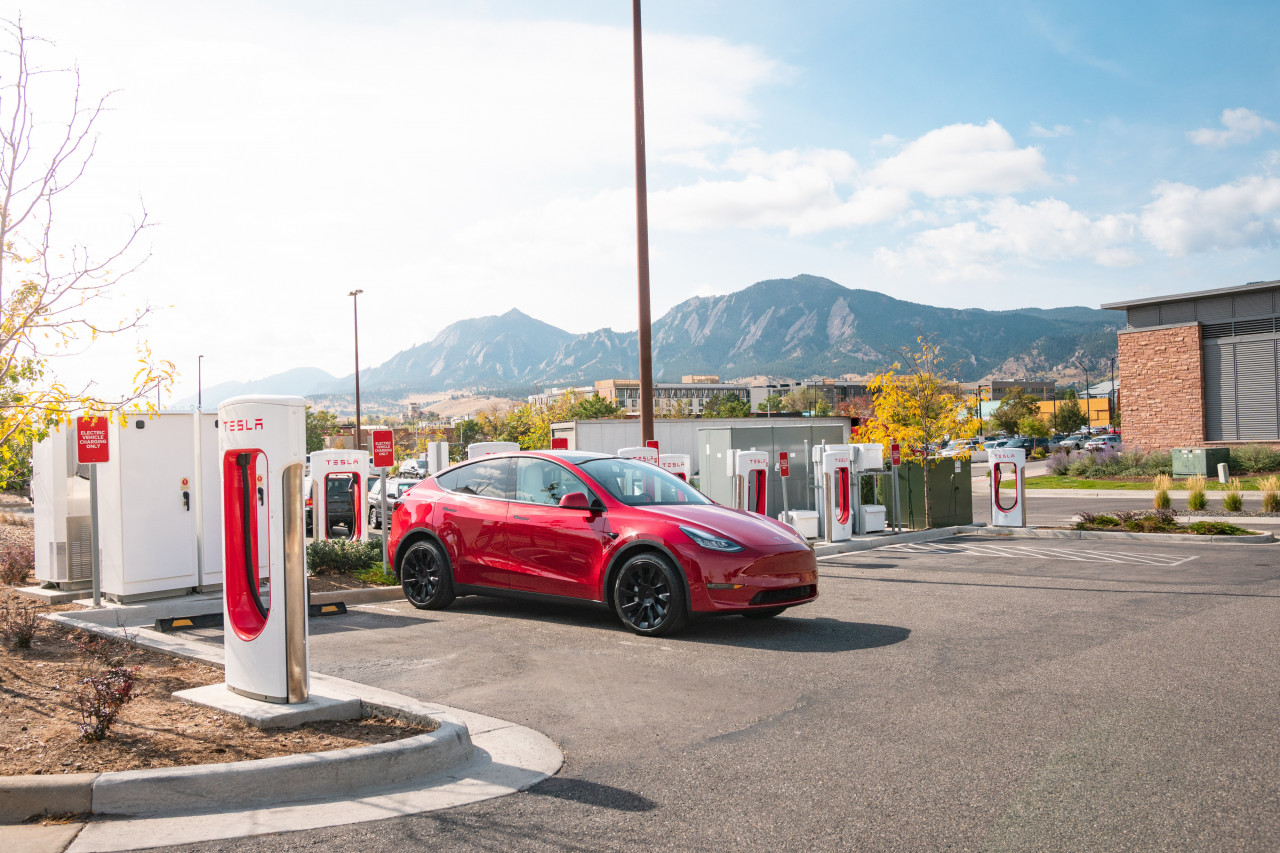Spain triples down on green hydrogen, targets 12 GW electrolyzer capacity by 2030
Spain has tripled its national green hydrogen production capacity target as the Iberian nation seeks to become the central player in Europe's GH2 ecosystem.
The government's new climate and energy strategy has finalized a target for 12 GW of electrolyzer capacity by 2030, up from the 4 GW target set in 2020. Electrolyzers make green hydrogen through electrolysis, also known as splitting of water.
The country's Cabinet has also approved a plan for 74 percent of the country's hydrogen consumption to become green by 2030, well above the pan-Europe target of 42 percent agreed by the country's member states.
Spain's decision should serve as a boost to the industry, which has been facing slowdowns in execution and subsidy, causing projects to be either stalled or scrapped.
Green hydrogen is more expensive to produce than blue hydrogen (in which roughly two-thirds of CO2 emissions are captured) and gray hydrogen (derived from natural gas, and the most commonly used method).
But Spain aims to take advantage of its sunny climes and windy location vis-à-vis the rest of Europe to become a regional leader in green hydrogen, wherein hydrogen is produced using power generated through renewable energy sources such as solar and wind.
Last month, Spain's Andalusian government signed an agreement with China's Hygreen Energy, a global electrolyzer manufacturer, over a $2.2 billion investment to develop green hydrogen capacity in the region.
Global energy major BP has launched a green hydrogen cluster at its Castellón refinery and aims to develop up to 2 GW of electrolysis capacity by 2030.
Spain is also disbursing €800 million in direct state aid to seven green hydrogen projects being developed by Iberdrola, Repsol, EDP and others with a combined electrolysis capacity of 652 MW.
